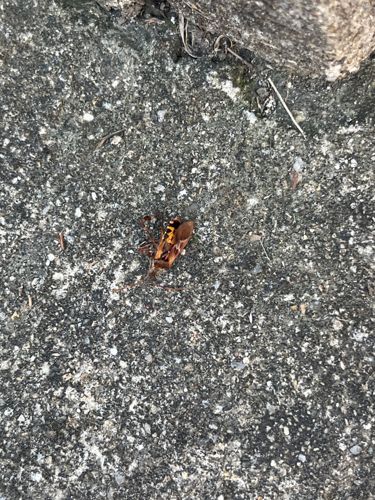Boxelder Bug
Scientific Name: Boisea trivittata
Order & Family: Hemiptera (True Bugs), Rhopalidae (Scentless Plant Bugs)
Size: About 1/2 inch (12-14 mm) long

Natural Habitat
Commonly found in areas with Boxelder trees, but can also be found on other seed-bearing trees like maple and ash. They often congregate on sun-warmed surfaces like rocks, south-facing walls of houses, and tree trunks.
Diet & Feeding
Primarily feeds on the seeds of Boxelder trees (Acer negundo) and other maples, and sometimes ash trees. They use their piercing-sucking mouthparts to extract fluids from seeds, leaves, and tender twigs.
Behavior Patterns
Boxelder bugs are known for their aggregation behavior, especially in the fall when they seek protected places to overwinter. They often gather in large numbers on sunny sides of houses or rocks. They are generally slow-moving. Adults emerge in spring, lay eggs on host trees, and nymphs develop throughout the summer.
Risks & Benefits
Generally considered a nuisance pest rather than a harmful one. They do not bite or sting, though their piercing mouthparts could cause minor irritation if they probed a person. They can stain curtains, furniture, and walls with their excrement if they invade homes in large numbers. They are not known to transmit diseases to humans or pets. Their impact on trees is usually minor, mostly cosmetic damage to leaves if feeding is heavy. They can be a food source for some predators like birds and spiders.
Identified on: 10/14/2025